By Petra Clayton, Avid Birder and Photo/Videographer
Introduction by Heather Hayes, IBO Community Science Coordinator and Research Biologist
“It is not uncommon to spot a famous actor or actress on the beaches of California, but there is a new rising star on the Pacific Coast that has been gaining some serious attention from the paparazzi.
For years he went unnoticed, blending into the crowd until one day, someone observed something quite different about him.
That someone was Petra Clayton. Little did she know, she stumbled upon a prominent spring resident of Idaho that loves raising his family on a private ranch in the mountains and spending his winters running along the water’s edge plucking sand crabs from below the surface of Morro Bay’s coastal shoreline. That’s right, Petra spotted the one and only “Dozer”, the Long-billed Curlew.
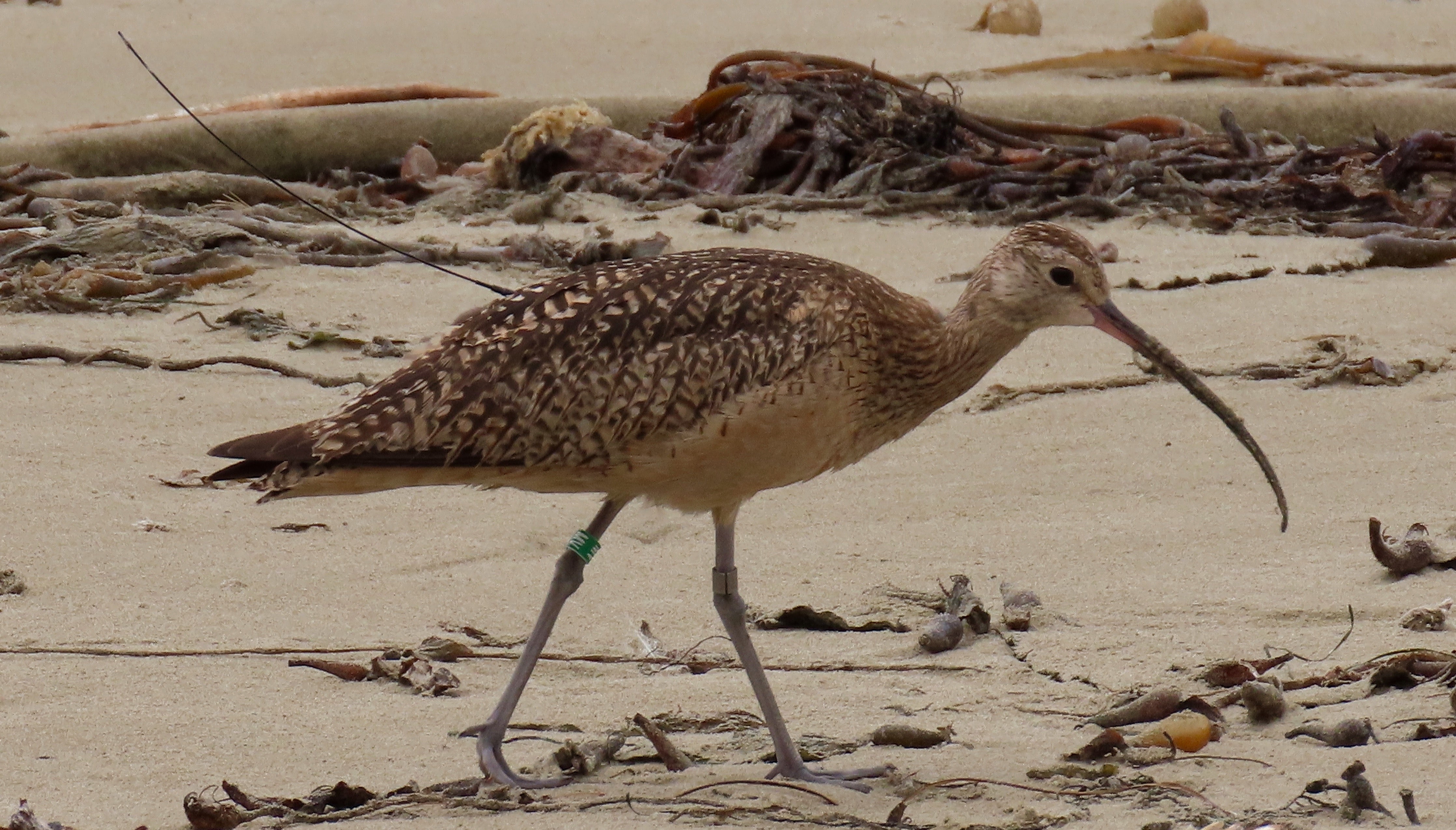
Dozer is a part of an elite research flock of curlews that is being tracked via satellite transmitters by the Intermountain Bird Observatory’s Curlew Crew. Since 2013, this technology has been instrumental in mapping curlew migratory connectivity or “pathways” between their breeding territories of the Intermountain West to their wintering grounds – mostly in inland valleys of California and Mexico.
This vital information can help us work towards ensuring conservation measures are in place to protect crucial stop-over habitats and resources shorebirds need along these routes.
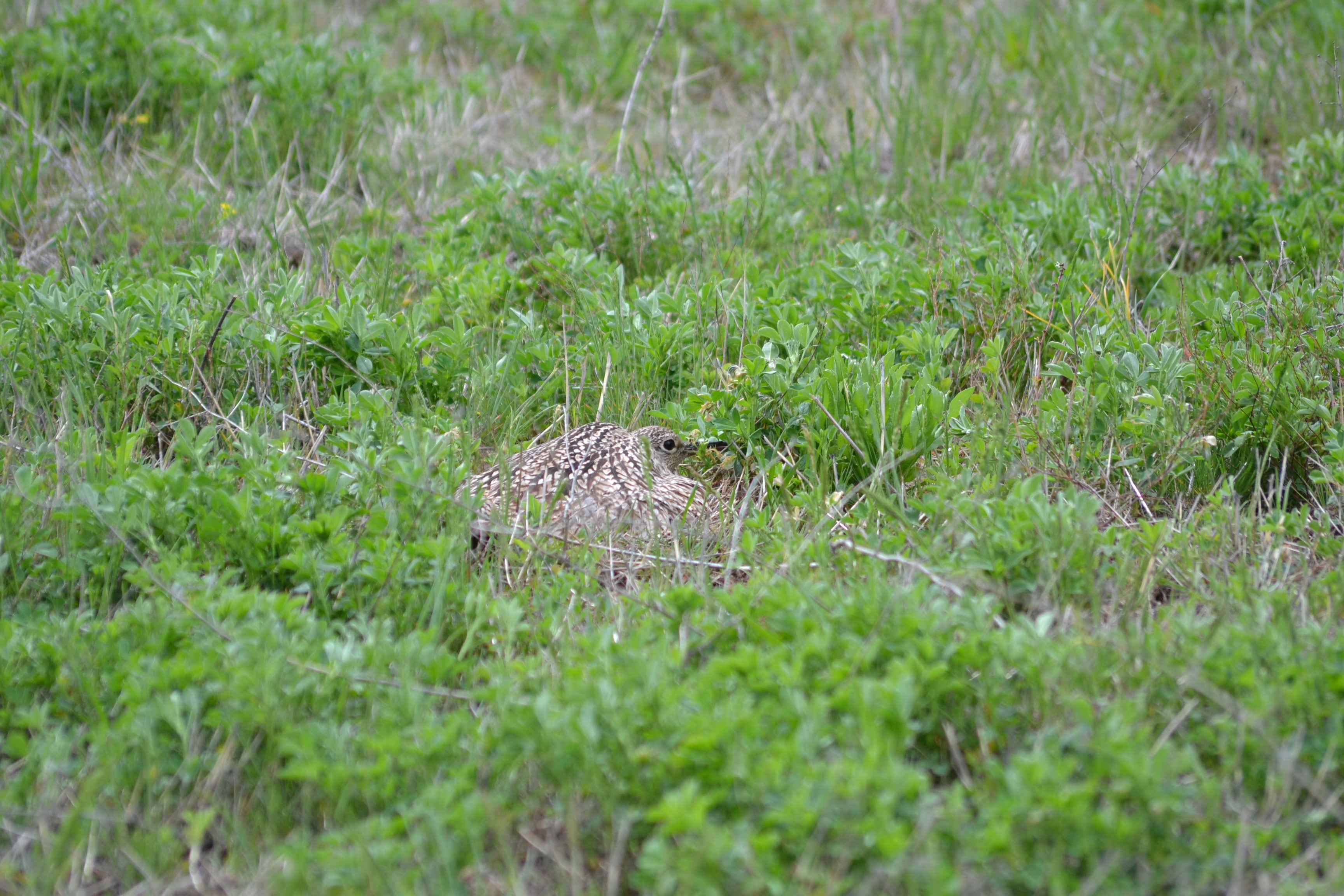
You may be asking, ‘But what makes Dozer particularly special?’ Well, we are going to let Petra, avid birder and photo/videographer, reveal that answer in her first-hand account of the day she encountered this celebrity Long-billed Curlew for the first time.” ~Heather Hayes
When I was walking along Morro Strand State Beach on June 21, 2020, I happened to come across a Long-billed Curlew and took some photos and videos then uploaded them to my Flickr album.
At first I only saw this odd thing sticking up on the bird’s back.
I thought it was something detrimental to the bird. They do pick up the weirdest things! (One time I witnessed a Marbled Godwit on the beach that was entangled in some fishing line.) When I saw the bands on this curlew though, I knew it was a tagged bird!
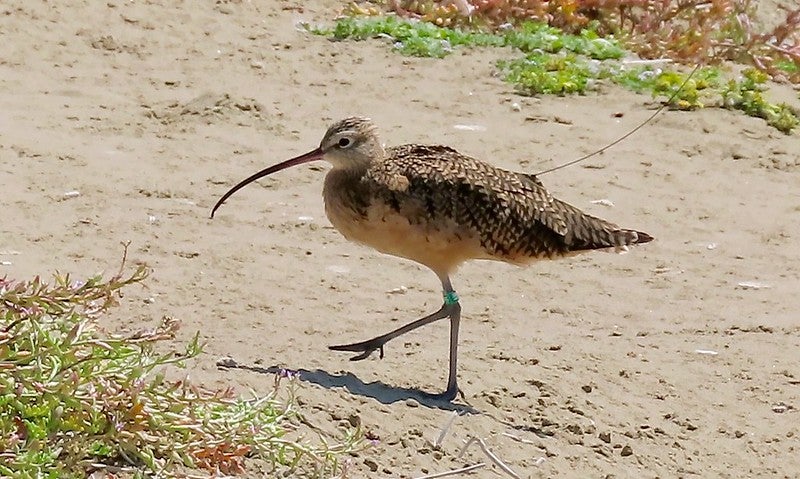
I took a long video of the legs to get a good view of the band numbers- always important when reporting sightings of banded birds. After some googling I discovered the existence of the Intermountain Bird Observatory and reported my sighting.
That’s when I learned that I had spotted Dozer!
Curlew research biologists with the IBO were super excited about the sighting, because “Dozer,” and a second bird named “Neil” (who has since perished) were the very first curlews from any of their breeding research study sites throughout the Intermountain West to migrate directly to coastal California to overwinter. It’s interesting to note that these two birds bred 40 miles from each other in Idaho, and ended up on the same wintering territory roughly 680 miles away in Morro Bay! Also, it is rare that they get photos and videos of tagged birds, let alone photos good enough to read a leg band number.
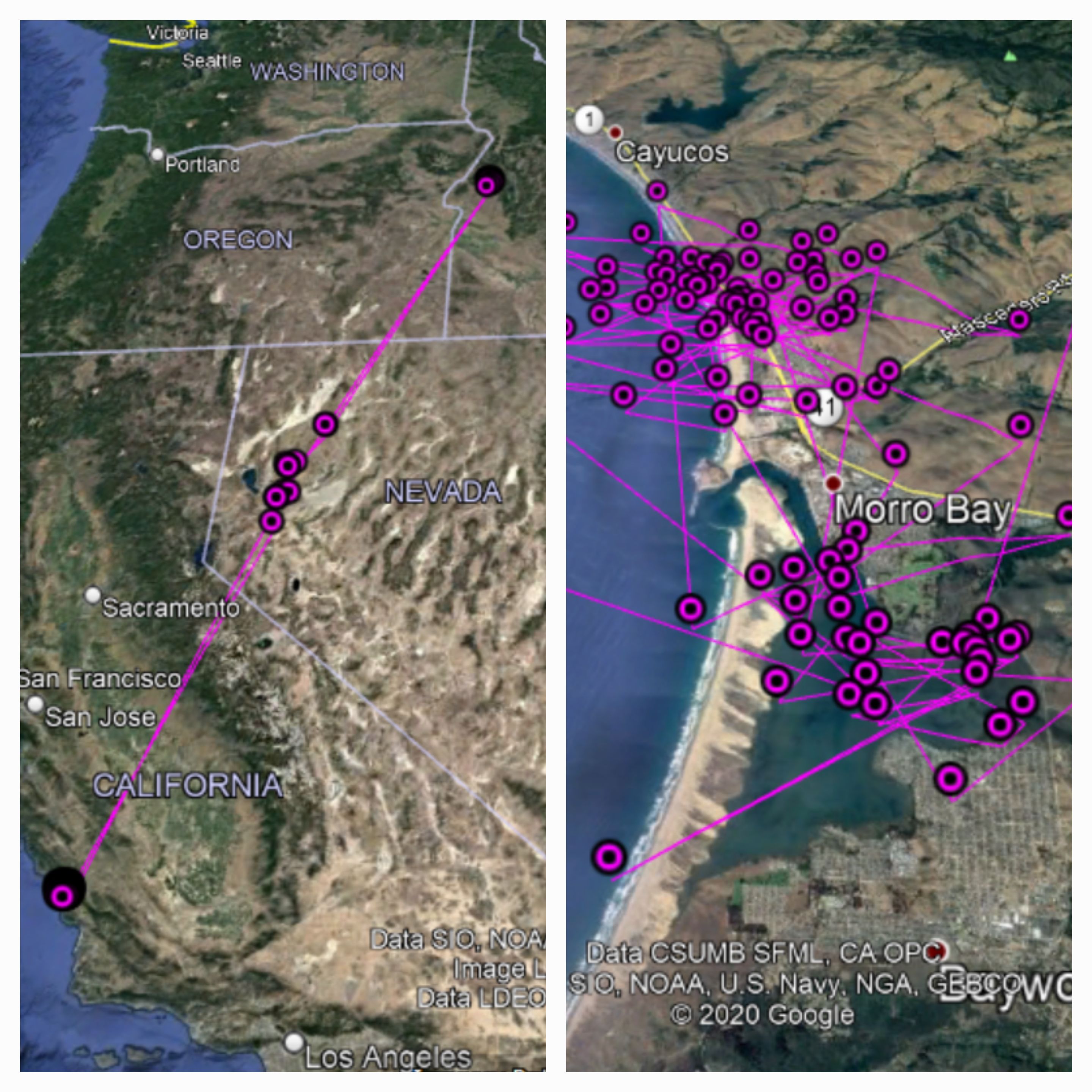
This discovery was another piece of the migratory puzzle answering the question of where the coastal population of Long-billed Curlews could be breeding.
Dozer was banded and fitted with a satellite transmitter in May 2020 by the IBO’s Curlew Crew on his breeding grounds in Indian Valley on a ranch in the West Central Mountains of Idaho. After an unfortunate nest failure, he migrated southbound about June 17, 2020.
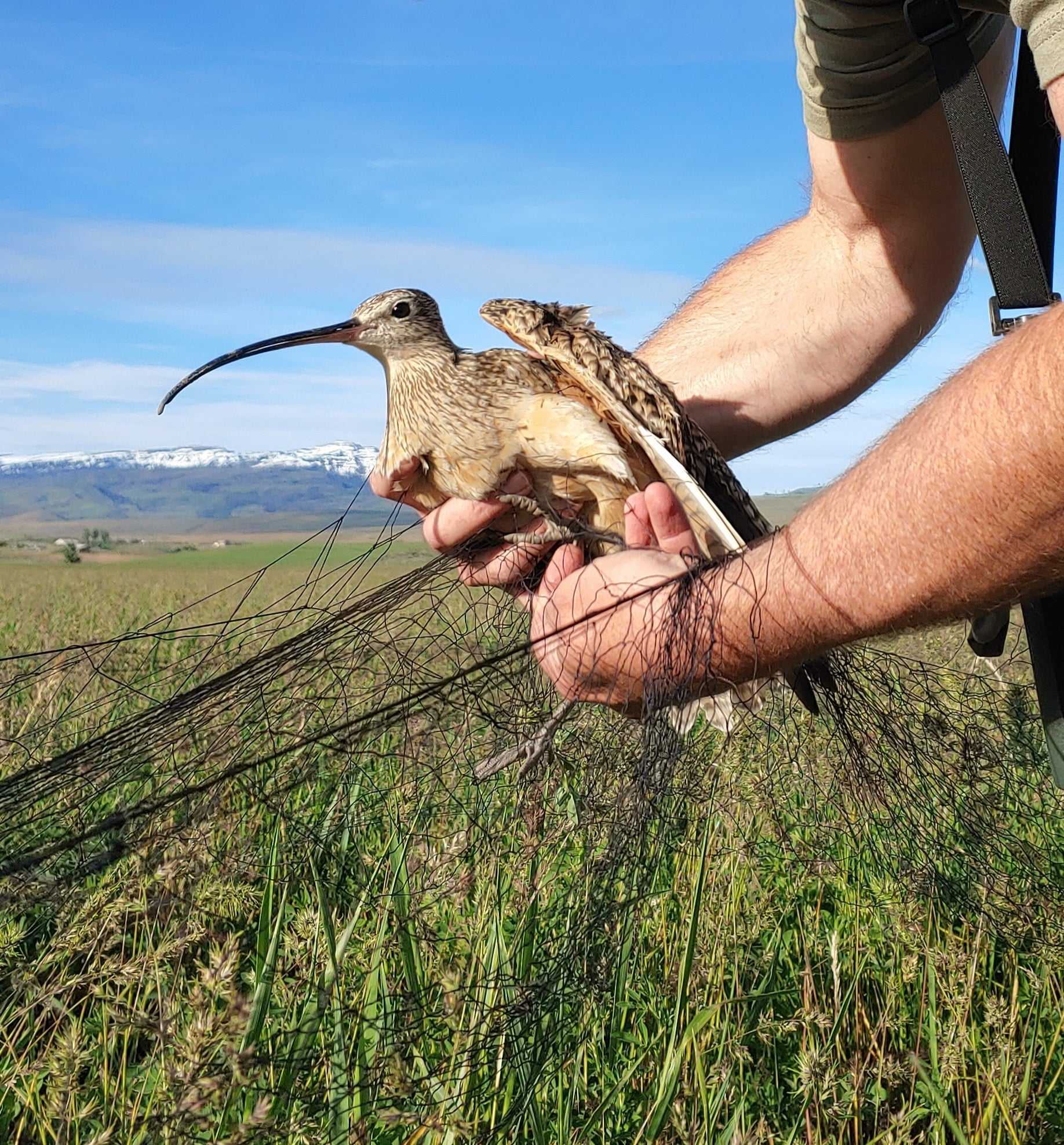
I thought the discovery was noteworthy enough to share. I contacted a local newspaper (ironically one of the reporter’s first names was “Neil”) and in August 2020 they ran the story with a photo. Soon after, OAKLEAVES, a newsletter of a local nature group picked up the story in their Oct/Nov 2020 edition. The next year they ran a follow-up article when I spotted Dozer once again on July 12, 2021, on the Morro Strand State Beach, in the dry sand in front of the Alva Paul Creek mouth/lagoon.
The excitement of his return to Morro Bay landed this curlew celebrity on the front page of the OAKLEAVES Aug/Sept 2021 edition!

Though I have not had a chance to spot Dozer in Morro Bay so far in 2022, I have been assured by a local avid birder and curlew data checker volunteer, Carol Comeau, that the signals from Dozer’s satellite transmitter indicate he is indeed back on his wintering territory of Morro Bay.
Morro Strand State Beach, where Dozer likes to hang out, is popular with surfers, walkers, beachcombers, joggers, horseback riders, and beach bicyclists. Campers from the nearby campground set up on the beach, as well, building sand castles and playing Frisbee and ball. From March through September a large nesting area for the Near-Threatened Snowy Plovers is roped off for their protection.
On my first encounter with Dozer he nonchalantly walked into the enclosure and settled down for a nap.
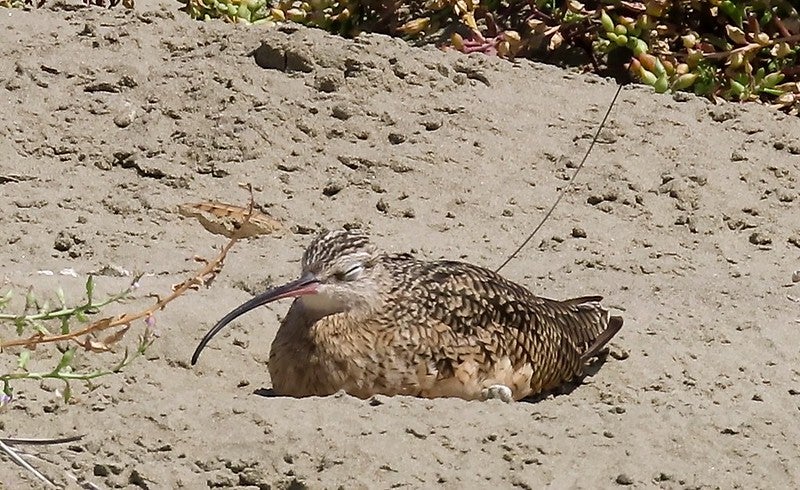
Before I met Dozer, I had no idea that Long-billed Curlews were not year-round residents on our beaches and that they nested far away from the coast, where they have a number of challenges, such as climate change and agricultural and urban development, even being killed by illegal shooting. Data collection and education seem to be key in the conservation efforts so that we can all continue to enjoy the return of these amazing birds to our shores. ~Petra Clayton
The Curlew Crew would like to thank everyone for reporting their sightings on eBird and encourages any future sightings reported via this platform. We are humbled by the incredible enthusiasm and excitement so many have expressed not only for Dozer, but for the continuation of these crucial conservation efforts!
To learn more about the important discoveries that have been made through over a decade’s worth of research, be sure to check out the IBO’s article on eBird Northwest . It highlights the issues and threats facing the local breeding population of curlews throughout southwest Idaho and their steep decline on public lands due to recreational activities, most notably illegal shooting.
Unfortunately, we have lost our primary source of funding for the SW Idaho curlew research project in 2022, and future funding is uncertain. Without this in place, we will lose our ability to conduct field work, effectively monitor the satellite-tracked curlew flock, and continue bringing our outreach programs into the classroom. Can you help us continue our mission? YES! You can make a long-lasting positive impact for Long-billed Curlew conservation by donating to the IBO’s Curlew Research Fund. 100% of your gift will be used to help us continue this important work.
Visit our donation page to give to the curlew project today. Under the “Designation” category, select “Curlew Research Fund” from the drop-down. Or, mail us a check with “Curlew Project” in the memo line.
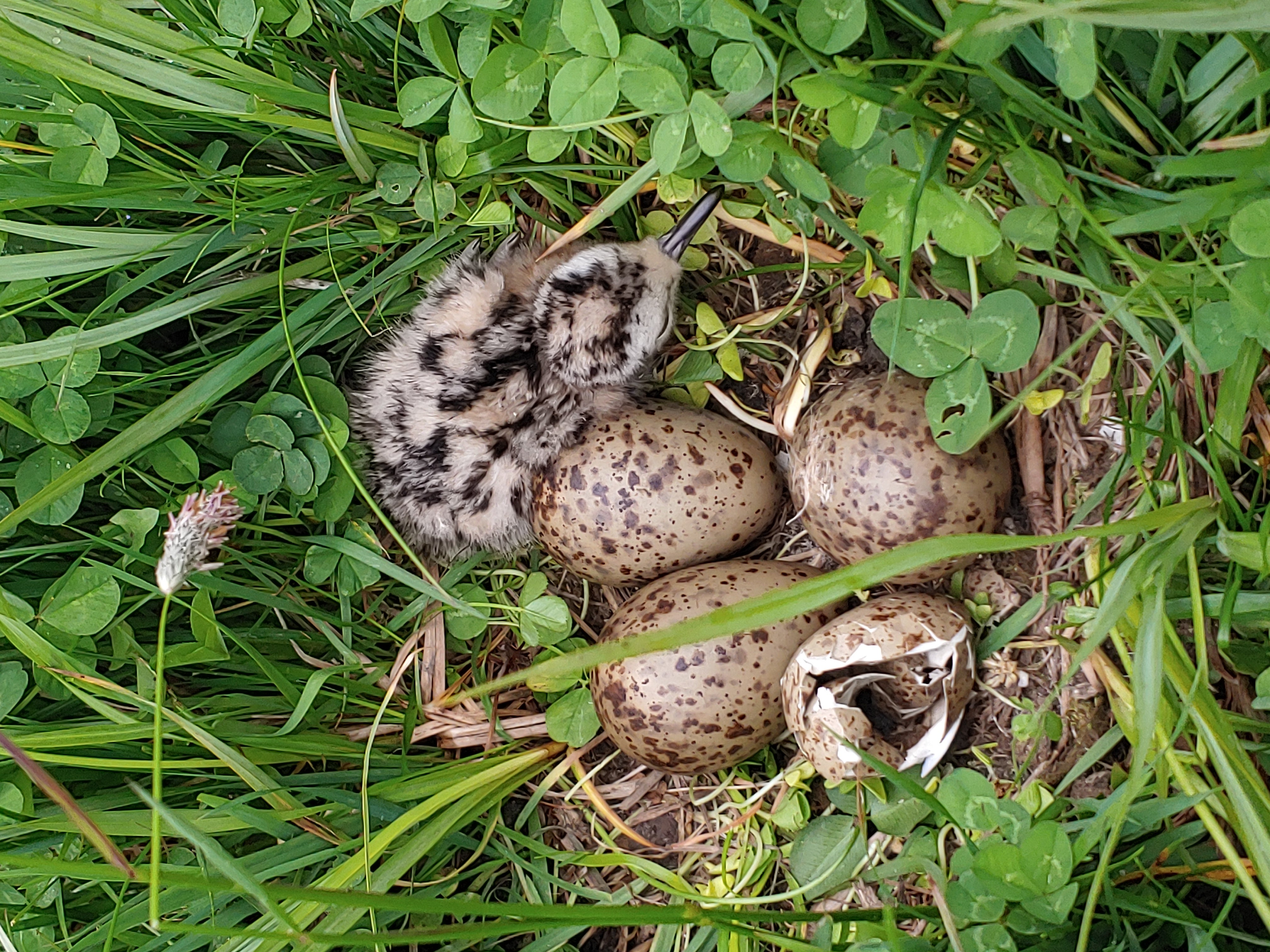
This article is part of our 2022 end of the year newsletter! View the full newsletter here, or click “older posts” to read the next article.
Make sure you don’t miss out on IBO news! Sign up to get our email updates.